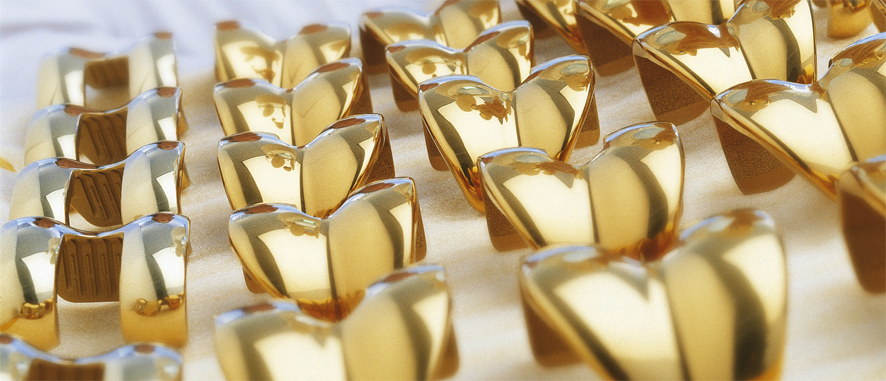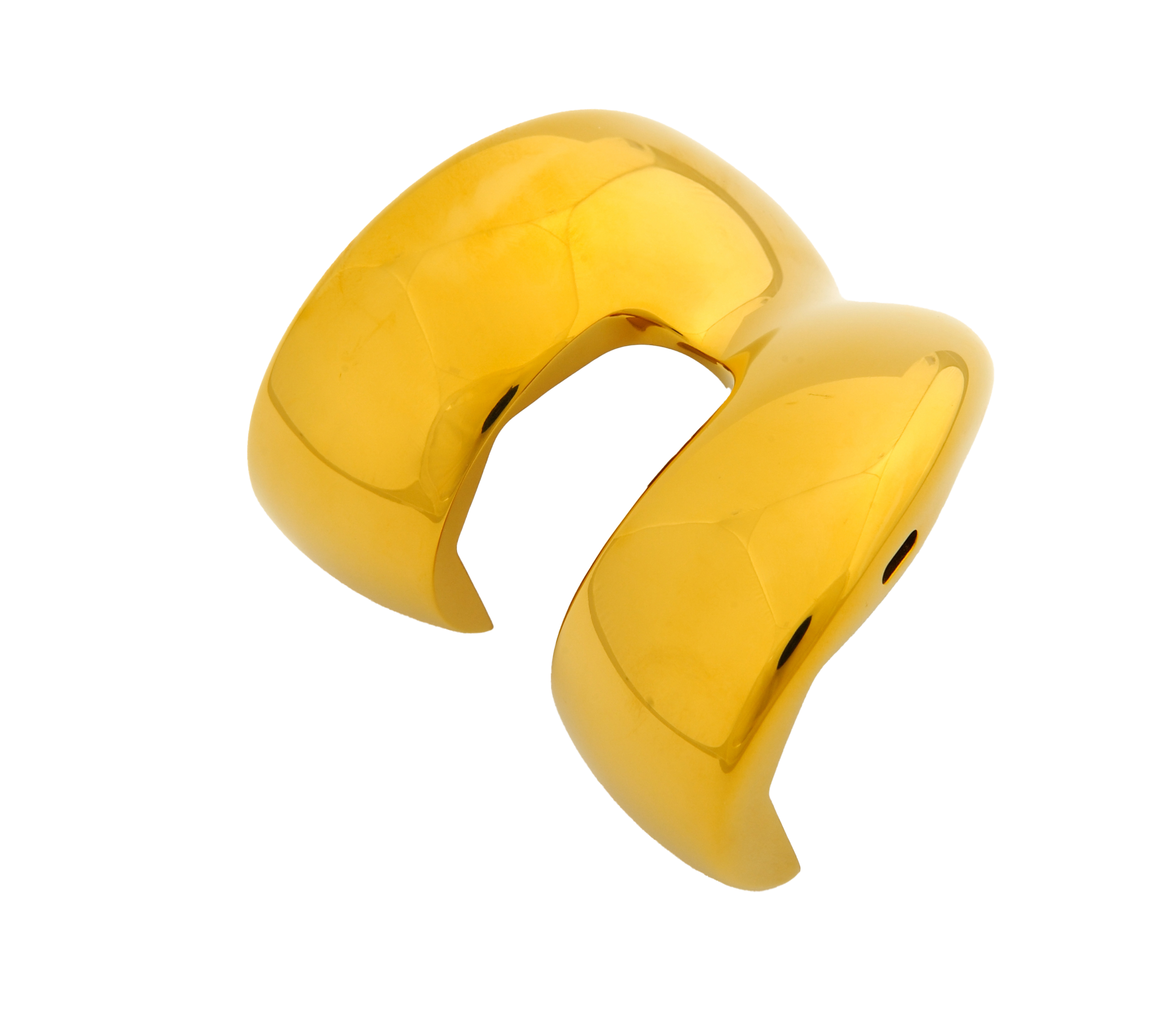
Titanium Nitride Coatings (TiN)

DOT video for TiN
Properties
- Coating thickness: 0,5-7 µm
- Adhesion strength: at least HF 1 (DIN EN ISO 26443)
- Coating hardness: ~2,300 HV
- Increased wear resistance and reduced abrasion
- Reduction of allergy potential
- Long-term chemical stability



 EN
EN  DE
DE 


